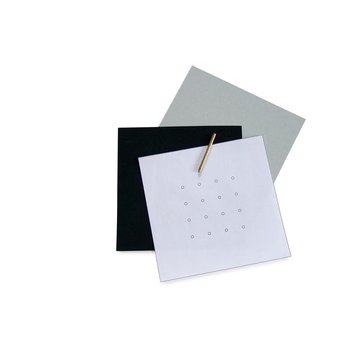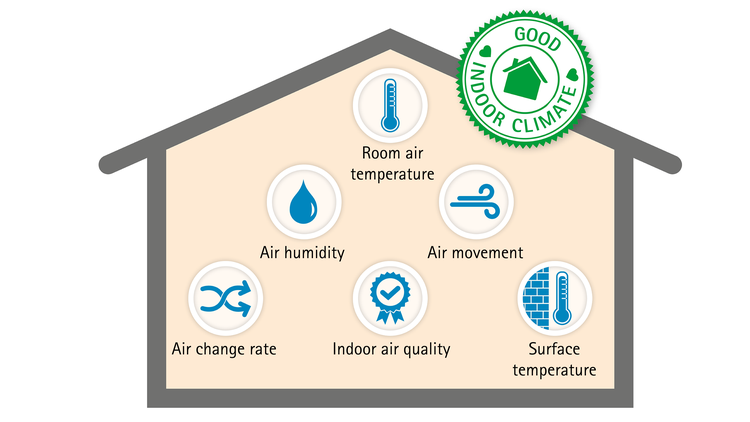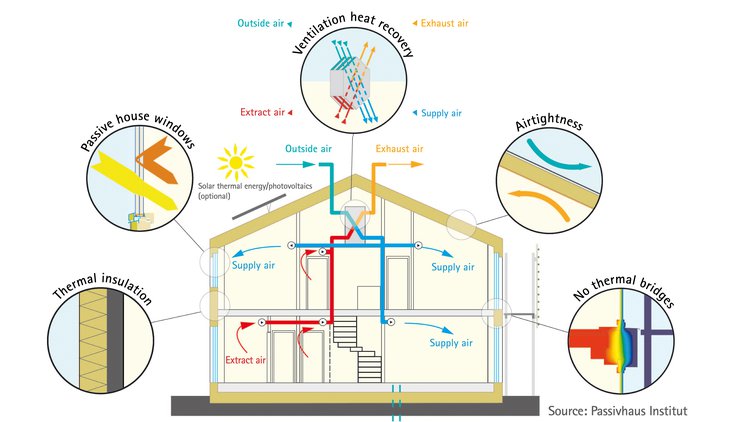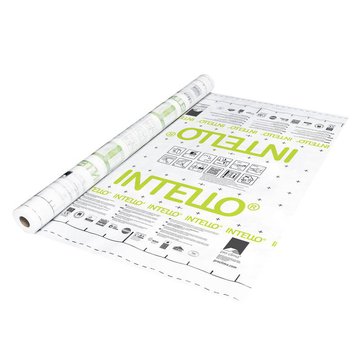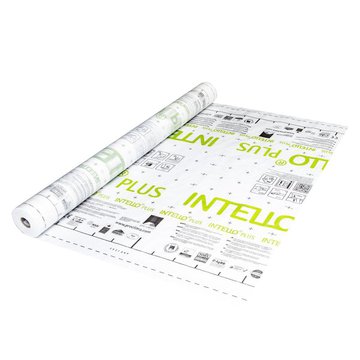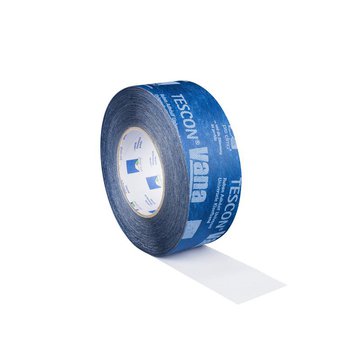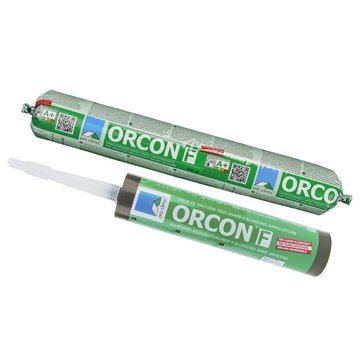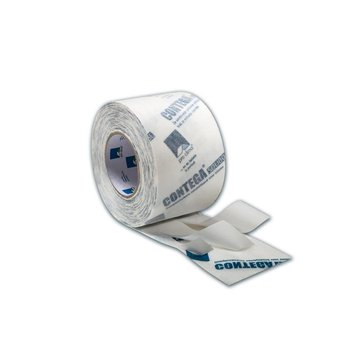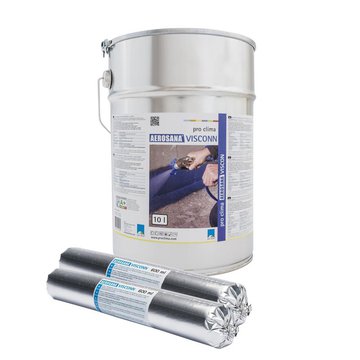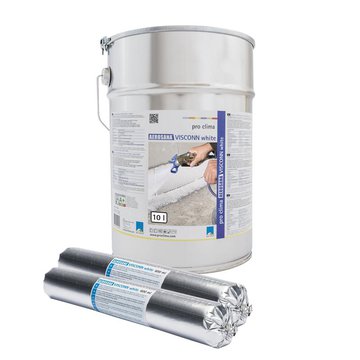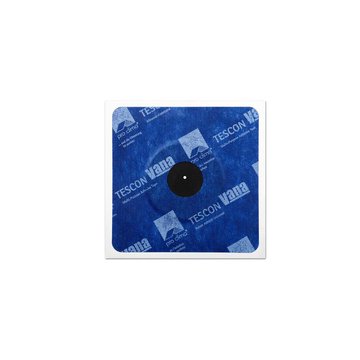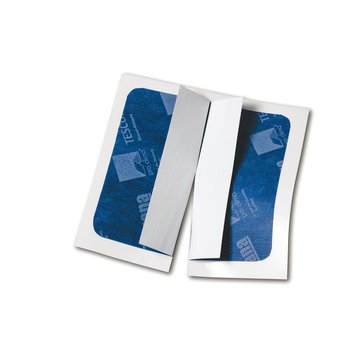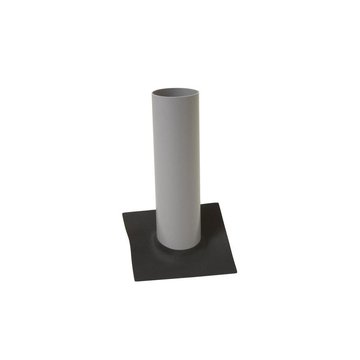Passive house

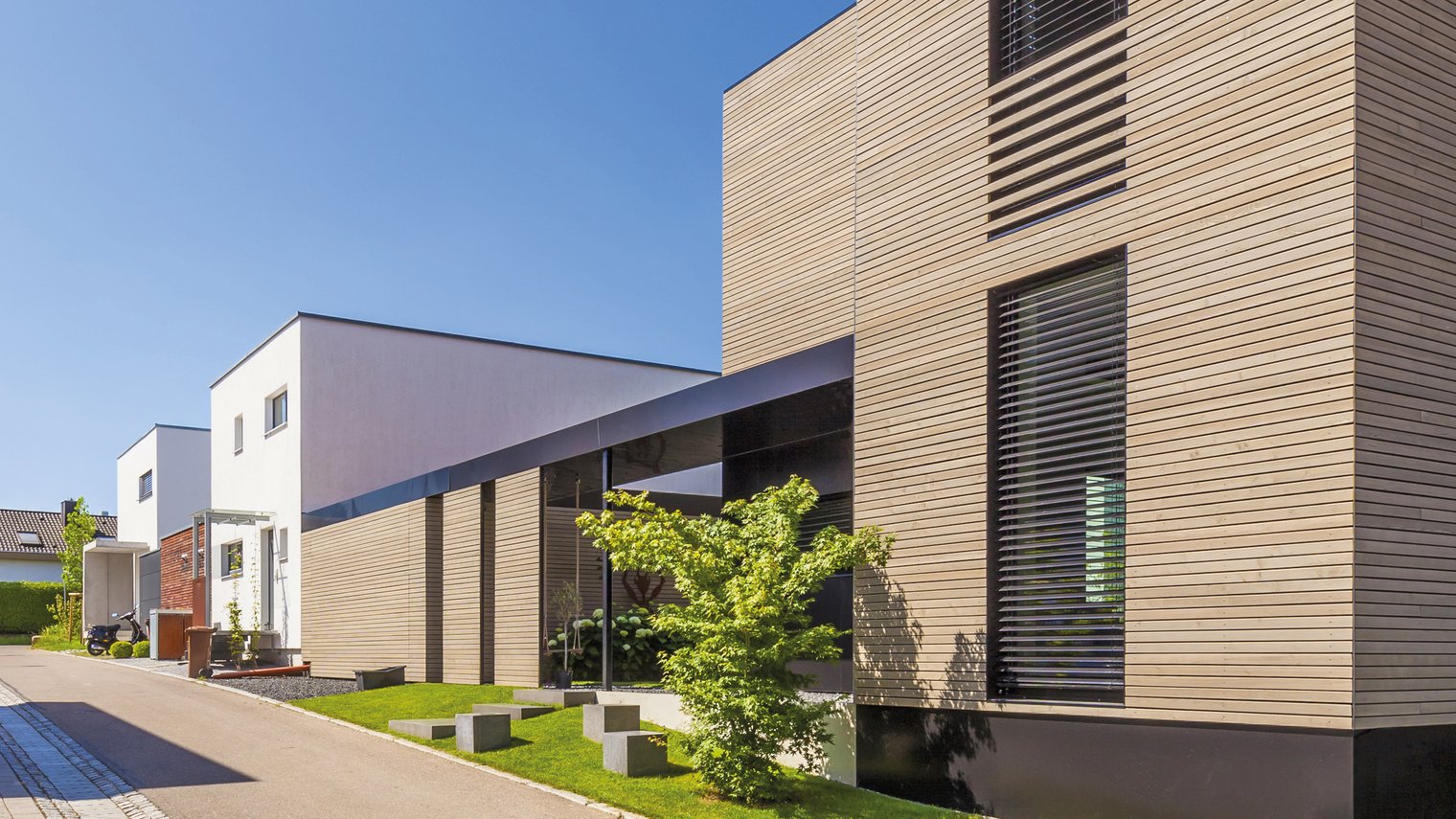

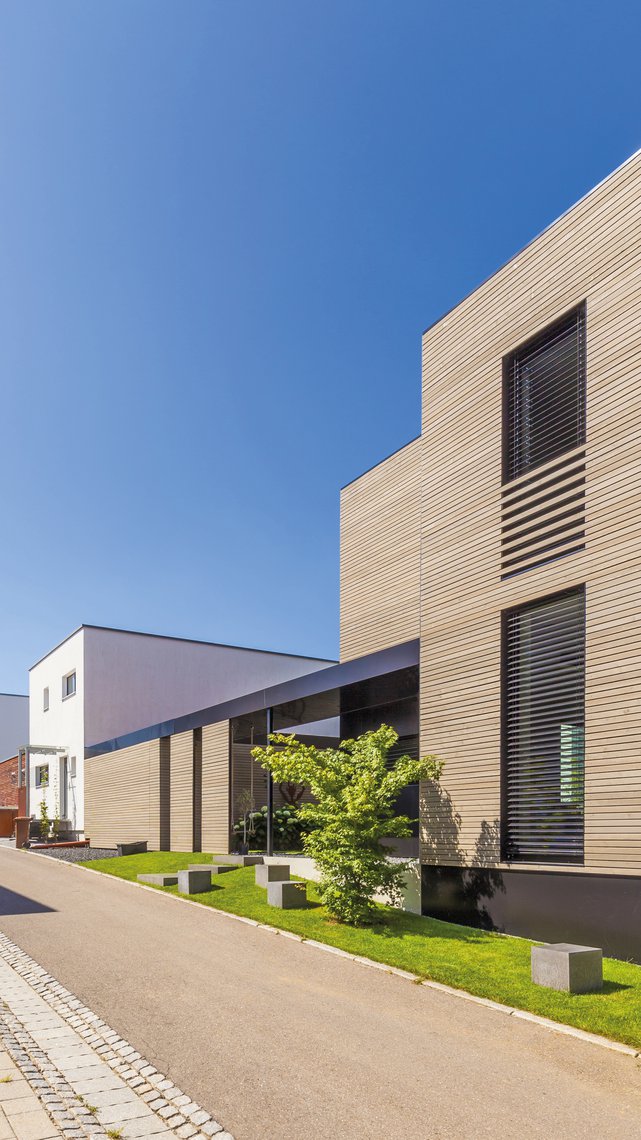
Passive
house
Sustainable, future-proof buildings
An airtight building envelope is the main prerequisite for energy efficiency and user comfort in passive houses. A number of issues that are of central importance in modern construction come together in passive houses: they are energy-efficient, cost-effective, environmentally friendly and offer a high level of comfort to occupants.
Passive houses keep heat inside thanks to their highly effective airtightness layers, high-quality windows, and their well-insulated building envelopes with no thermal bridges.
Greater levels of comfort
There are no cold corners in individual rooms or excessive heat losses in well-insulated buildings. The higher surface temperatures on the inside of the outward-facing building elements also help to create a pleasant, comfortable indoor climate.
Fresh air at all times without draughts is delivered by a ventilation system that uses heat recovery to harness the heat present in extracted air.
Energy efficiency
Passive houses make use of existing indoor sources of energy such as the body heat of occupants or incident solar heat. When good insulation, very good airtightness and heat recovery are combined, a passive house can consume up to 90 per cent less heating energy than an existing, conventional building. And compared to an average new-build house, savings of over 75% are still achieved. The heating energy consumption of a passive house of around 1.5 litres of heating oil equivalent per square metre of living space and per annum (15 kWh/(m²a)) is a fraction of that of a low-energy house.
Passive house is becoming the construction standard
On 17 November 2009, the European Parliament decided that all new buildings would have to be ‘nearly zero-energy buildings’ from 2020 onwards, i.e. that all new constructions would be allowed to consume almost no non-renewable energy. Passive houses are ideal for fulfilling this requirement. They are not just energy-efficient, but are also pleasant to live and work in and can be built cost-effectively. Sustainable, future-proofed building is now affordable for everyone thanks to the passive house components already available on the market.
Now that pro clima INTELLO has been successfully certified as a passive house component, it is the first hydrosafe airtightness system to demonstrate that it reliably fulfils these requirements in its installed state.
How does a passive house work?
The main principles are something all of us can feel with our own senses.
Certified airtightness systems from pro clima

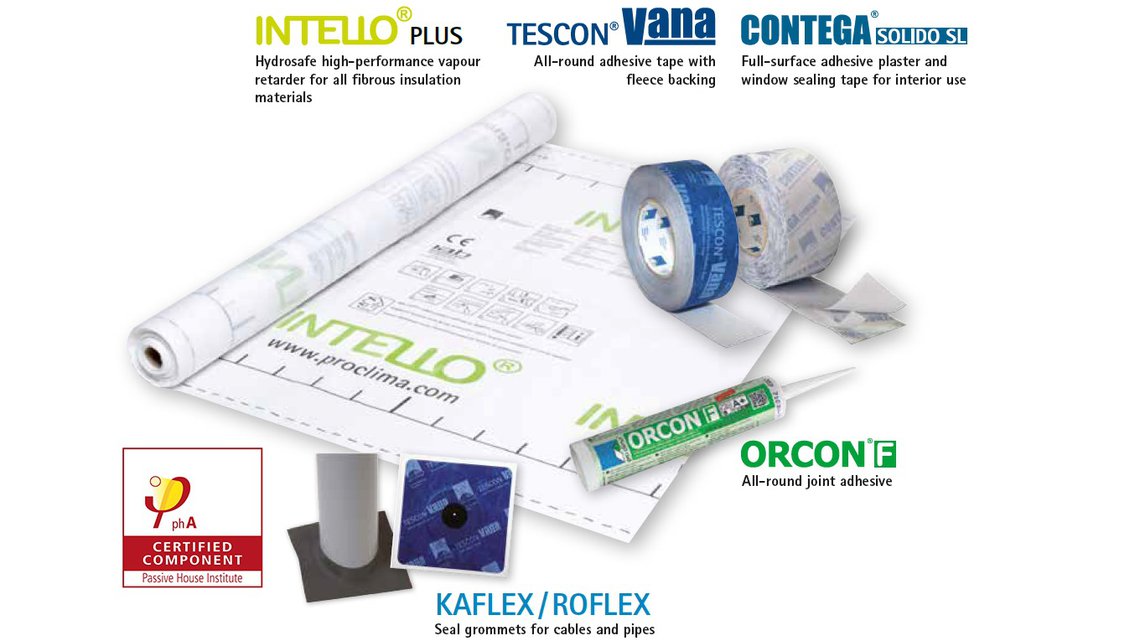
Project planners and installation technicians can depend on the performance of INTELLO and use it to build reliable structures. The extremely low air permeability of the INTELLO PLUS and INTELLO systems of 0.00 m³/(m²h) and 0.01 m³/(m²h), respectively, is also due to the tested adhesives and adhesive tapes: ORCON F and CONTEGA SOLIDO SL for simple and reliable joints to concrete, TESCON VANA for sticking membrane overlaps and for joints to hard wood-based panels (OSB). These products help create adhesive joints that you can count on! Reliable and simple joints to cables and pipes are guaranteed by the KAFLEX and ROFLEX seal grommets, which have also been successfully tested and certified. All tested pro clima systems fulfil the highest efficiency class phA of the Passive House Institute in Darmstadt.

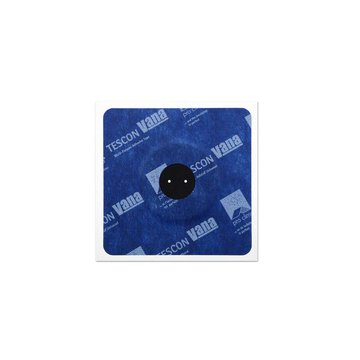
KAFLEX duo

